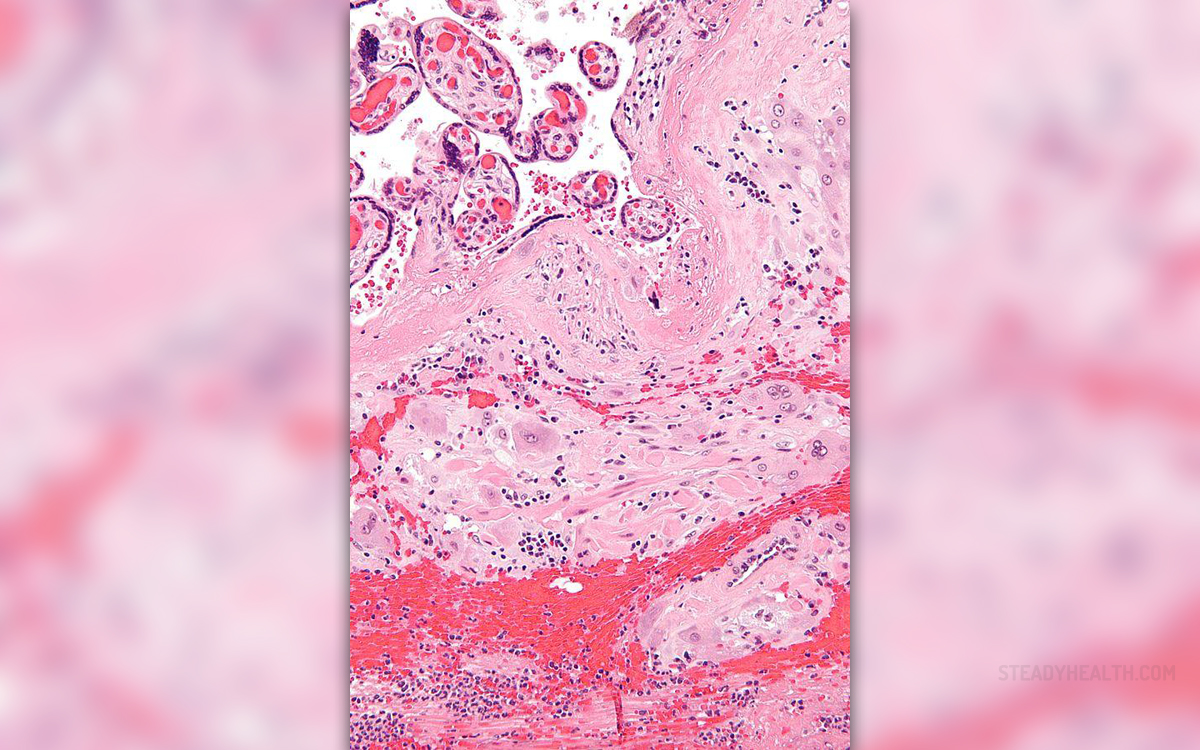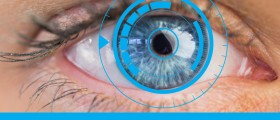
Background
It is not uncommon for people to develop a certain condition called cystoid macular edema or shortly CME. People need to know that this condition does not cause pain and it is manifested as swelling or thickening of the central retina. In most cases, people who suffer from it experience blurred vision or distorted vision. There are various ocular conditions which are associated with this condition, like cataract surgery, age-related macular degeneration, uveitis, eye injury, diabetes, retinal vein occlusion and even drug toxicity. In cases when a person develops CME after a cataract surgery, he or she is thought to be suffering from a certain syndrome called Irvine-Gass syndrome. People who experience chronic CME may end up with macular photoreceptor damage with permanent impairment of central vision.
Pathopyhsiology
There are several causes that lead to CME. However, in most cases it is some underlying disease that may lead to vascular instability and breakdown of the blood-retinal barrier. Diabetes is known to be the cause of CME because it causes vascular instability directly. It is the same with retinal vein occlusion.
Inflammatory cause
When an inflammatory pathway is considered, the release of arachidonic acid is caused by the enzyme phospholipase. When that happens, the cyclooxygenase will convert arachidonic acid into prostaglandin. It is these prostaglandins that can cause breakdown of the blood-retinal barrier, including vasodilation, increased capillary permeability from compromise of tight endothelial junctions in the retinal capillaries. They are also known to cause the decreased removal of fluid by the retinal pigment epithelium.
Other causes
Apart from these, there are some other causes that may lead to CME. Diabetes and renal failure are the two most common causes. Mechanical forces pulling on the retinal surface can also cause CME to occur.
Frequency in the United States
Experts agree that the incidence of CME mainly depends on the etiology. A person has 1% chance of ending up with CME after a cataract surgery. However, this percentage refers only to the modern cataract surgeries. In case of older types of cataract surgeries, the chances go up to 20%. People who have uveitis can end up being blind if they end up suffering from CME. It is not only people in the US who suffer from CME and Irvine-Gass syndrome, but a lot more people all over the world. People also need to know that there is no race or sex which is more prone to suffering from CME.

















Your thoughts on this
Loading...